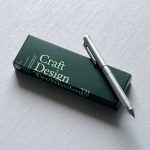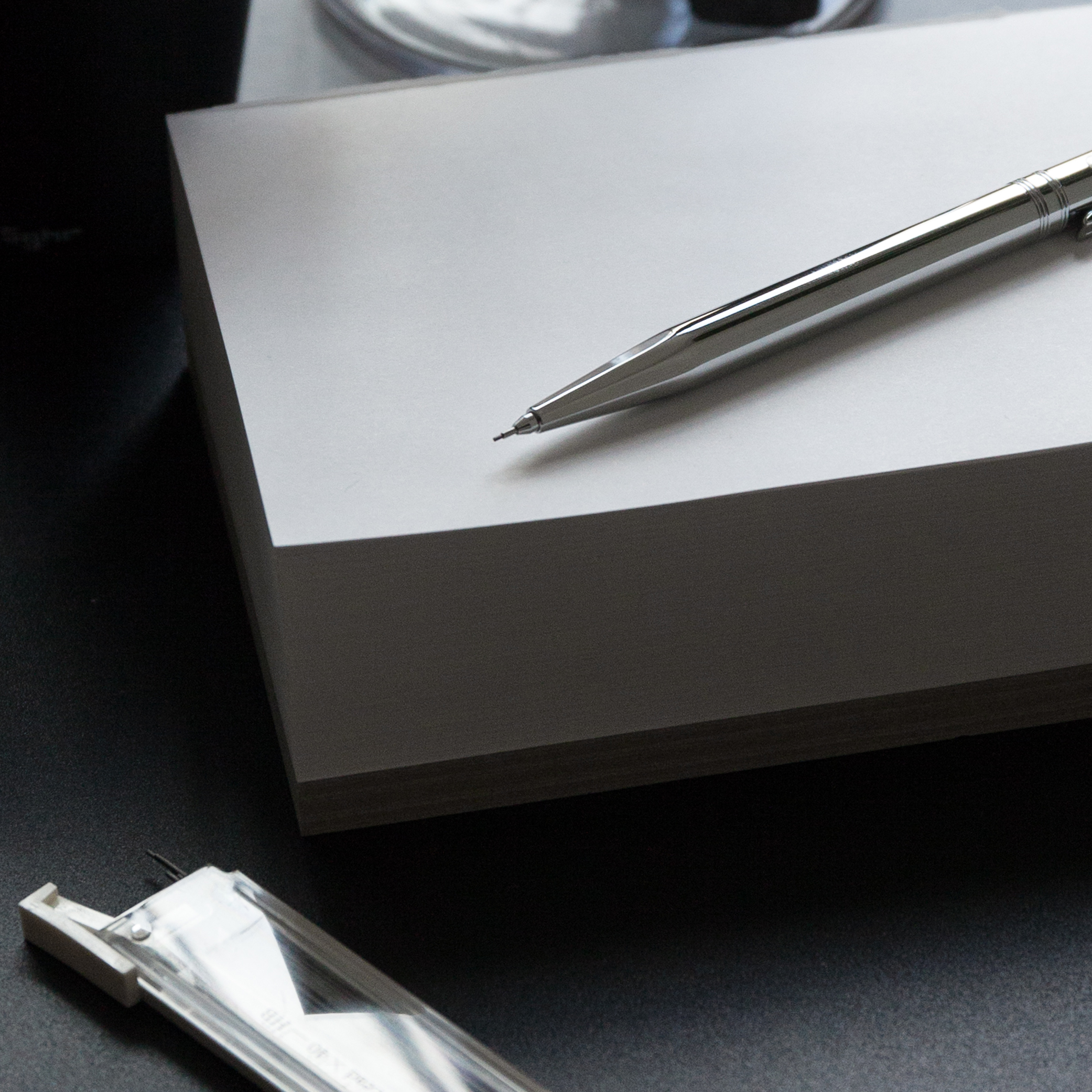Craft Design Technologies
Craft design technology encompasses the combination of craft techniques, artistic design principles, and technological advancements to create innovative and functional objects. It involves the application of traditional craft skills, such as woodworking, metalworking, ceramics, textiles, and glassblowing, along with modern technologies like 3D printing, laser cutting, computer-aided design (CAD), and digital fabrication.
Craft Design Technology Artisan and Designers
In craft design technology, artisans and designers blend traditional craftsmanship with contemporary design concepts and tools to produce unique and aesthetically pleasing objects. This field often focuses on creating handmade or custom-made items that emphasize quality, individuality, and attention to detail.
Some Examples of Craft Design Technology Projects Include:
- Furniture Design: Creating custom furniture pieces that combine traditional joinery techniques with modern materials and finishes. This can involve incorporating elements like embedded electronics, integrated lighting, or kinetic features.
- Jewelry Making: Utilizing 3D modeling software and 3D printing to design and produce intricate and personalised jewellery pieces. This allows for precise detailing and complex geometries that may be challenging to achieve through traditional methods alone.
- Textile Design: Experimenting with digital printing techniques to create unique textile patterns and prints. This involves using computer software to develop intricate designs, which can then be transferred onto fabric through various printing methods.
- Ceramics and Pottery: Combining traditional pottery techniques with computer-controlled kilns and 3D modeling software to design and produce intricate ceramic objects. This enables artists to create complex forms and patterns that would be difficult to achieve by hand alone.
- Leatherworking: Integrating laser cutting and engraving technology to create intricate designs and embellishments on leather products. This allows for precise detailing and customization options that enhance.
Craft Design Technology Mechanical Pencil
Craft Design Technology is a Japanese stationery brand known for its high-quality writing instruments and office supplies. They offer a range of mechanical pencils that combine functionality, style, and craftsmanship.
While I don’t have access to specific information about Craft Design Technology’s latest mechanical pencil designs beyond my knowledge cutoff of September 2021, I can provide you with some general information about mechanical pencils and their features.
Mechanical pencils, also known as propelling pencils or automatic pencils, are writing instruments that use a mechanism to extend a lead for writing. Here are some common features and design aspects you might find in Craft Design Technology’s mechanical pencils or similar products:
- Body Design: Craft Design Technology pays attention to the aesthetics of their products. Their mechanical pencils might feature sleek, minimalist designs with attention to detail, using high-quality materials such as metal, wood, or resin.
- Grip: Mechanical pencils often have a textured or rubberized grip section to provide comfort and control while writing. Craft Design Technology might incorporate an ergonomic grip design that enhances the writing experience.
- Lead Advancement Mechanism: Mechanical pencils feature various mechanisms to advance the lead as it wears down. Common mechanisms include a push-button at the top of the pencil, a twist mechanism, or a side-click mechanism. Craft Technology might have their unique mechanism or a combination of different mechanisms.
- Lead Thickness Options: Mechanical pencils come in various lead thicknesses, typically ranging from 0.3mm to 0.9mm. Different thicknesses are suitable for different types of writing or drawing tasks. Craft Design Technology might offer a selection of lead thicknesses to cater to different preferences.
- Refillable: Most mechanical pencils are refillable, allowing you to replace the lead once it runs out. Craft Design Technology’s mechanical pencils might be designed for easy lead replacement, ensuring a sustainable and long-lasting product.
- Accessories: Craft Design Technology may also offer accessories for their mechanical pencils, such as eraser refills, replacement parts, or storage cases.
Keep in mind that the specific features and designs of Craft Technology’s mechanical pencils may have evolved or changed since my last knowledge update in September 2021. It’s best to visit their official website or contact their customer support for the most up-to-date information on their current product offerings.
What is Design Craft Art?

Design, craft, and art are three distinct but interconnected disciplines that involve creative expression and the production of aesthetic and functional objects. While they share similarities, each field has its own unique characteristics and purposes.
1 Design
Design refers to the process of creating and shaping objects, systems, environments, or experiences to fulfill specific objectives. It focuses on problem-solving, functionality, and user-centered approaches.
Design can be found in various fields such as graphic design, industrial design, interior design, fashion design, and web design. Designers use their creativity and expertise to create visually appealing and functional solutions that meet the needs and desires of users or clients.
2 Craft
Craft is a practice that involves skilled craftsmanship and manual dexterity to create objects by hand or using traditional techniques and tools. Craftsmanship emphasizes the mastery of materials and techniques, often passed down through generations, and values the uniqueness, quality, and attention to detail in the creation process.
Crafts can encompass a wide range of disciplines, including pottery, woodworking, jewelry making, glassblowing, textiles, and more. Craftsmen and craftswomen often produce one-of-a-kind or limited-edition pieces that showcase their expertise and artistic sensibilities.
3 Art
A wide range of creative expressions fall under the umbrella of art. It focuses on aesthetic qualities, emotional or conceptual messages, and personal or societal interpretations.
Artistic practices can include painting, sculpture, drawing, photography, installation art, performance art, and digital art, among others. Artists use their imagination, skills, and personal vision to explore and communicate ideas, emotions, and perspectives.
What is the Difference Between Craft and Design?
Craft and design are two distinct yet interconnected disciplines that involve creative expression and the production of objects. While they share similarities, there are notable differences between craft and design in terms of their focus, approach, and objectives.
What are the Elements of Crafts and Design?
The elements of crafts and design refer to the fundamental components and principles that contribute to the creation and evaluation of objects in these disciplines. While the specific elements can vary depending on the context and medium, there are several common elements that apply to both crafts and design.
What is the History of Craft?
The history of craft is deeply intertwined with the history of human civilization itself. Craft has been an essential part of human culture for thousands of years, with evidence of early crafts dating back to prehistoric times.
What are the Two Types of Craft?
Craft can be broadly categorized into two main types: traditional craft and contemporary craft.
Traditional Craft:
Traditional craft refers to the practices and techniques that have been passed down through generations and are deeply rooted in cultural heritage. These crafts often have historical significance and are closely associated with specific regions, communities, or cultural traditions.
Traditional crafts may include techniques such as pottery, weaving, blacksmithing, woodworking, basketry, and folk art. They often involve manual skills, specialized tools, and a deep knowledge of materials and processes.
Contemporary Craft:
Contemporary craft, also known as modern or contemporary applied arts, refers to craft practices that exist in the present time and incorporate contemporary aesthetics, concepts, and approaches.
Contemporary craftsmen and craftswomen often blend traditional techniques with innovative methods, materials, and technologies.
Conclusion
Craft, design, and technology are three interconnected disciplines that play significant roles in shaping our world. Craft emphasises skilled craftsmanship, manual dexterity, and traditional techniques to create objects of beauty and functionality.
Design focuses on problem-solving, functionality, and user-centred approaches to create innovative and aesthetically pleasing solutions. Technology refers to the tools, techniques, and processes used to create, enhance, and transform objects and systems.

